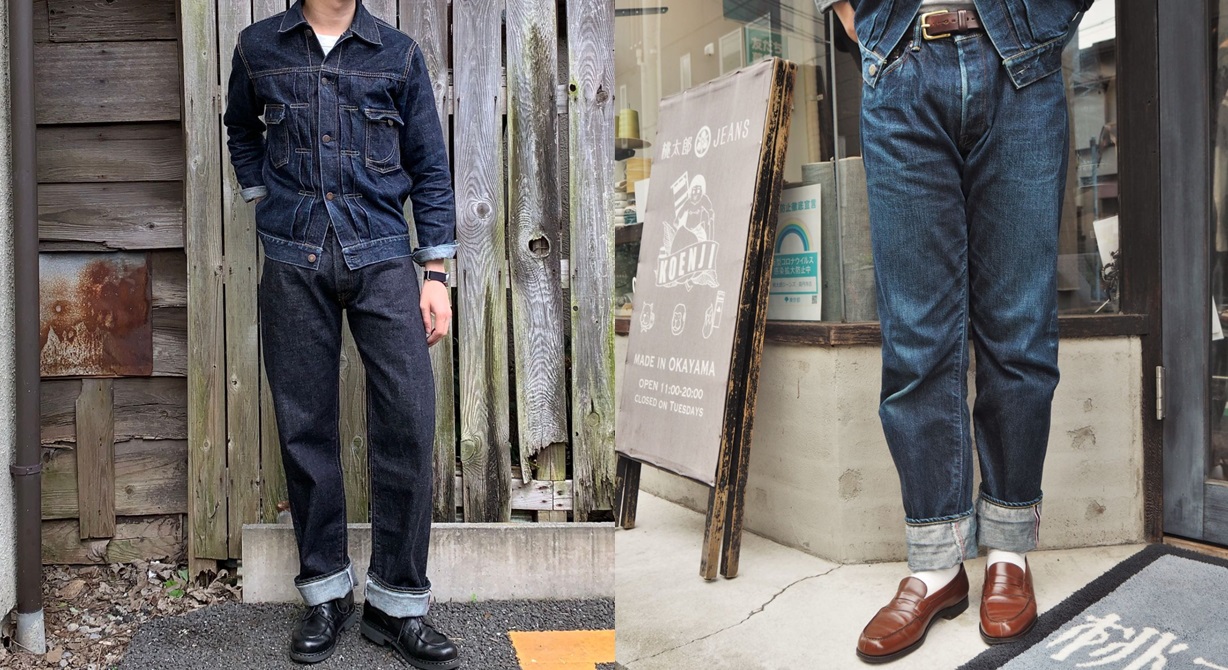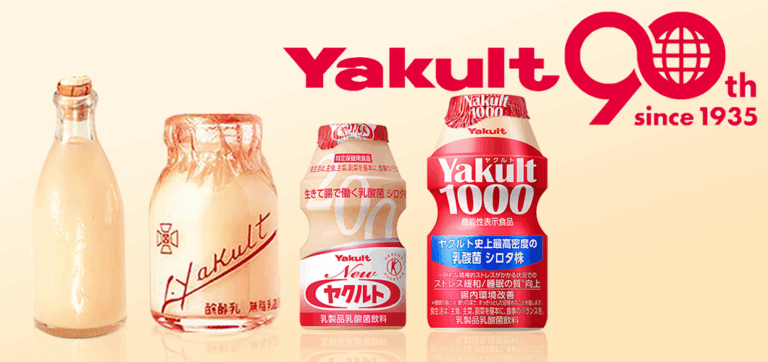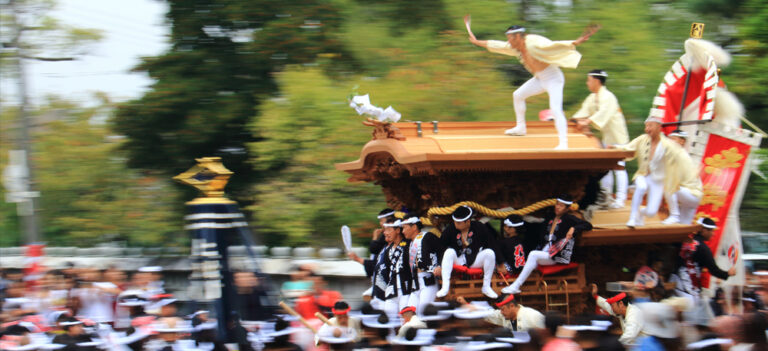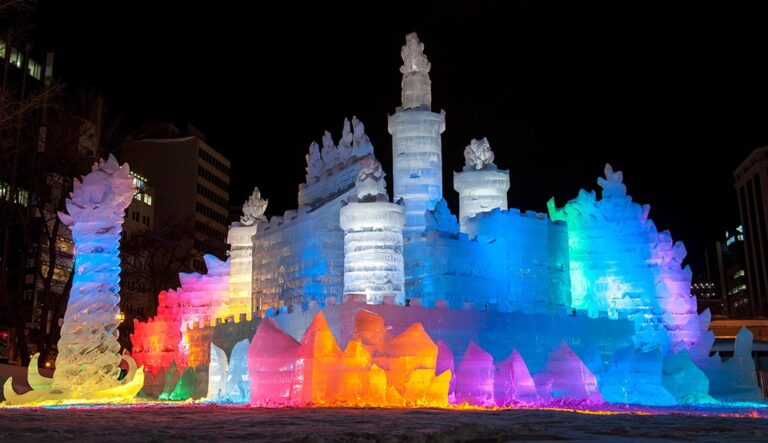Japan Denim: Rewriting the Rules of Indigo
When American Icons Meet Japanese Obsession
Jeans were born in America—tough, utilitarian, and meant for work. But in Japan, they took on a second life. Not just as fashion, but as a canvas for obsession.
In the 1980s, Japan went through a full-blown Ame-kaji (American casual) boom. Young people chased imported Levi’s and Lee jeans, craving that perfect fade. They’d wear raw denim for months without washing, hoping for just the right whiskers and creases. Some even used pumice stones to “pre-age” their jeans manually. This wasn’t just style—it was craft, done by wearers themselves.
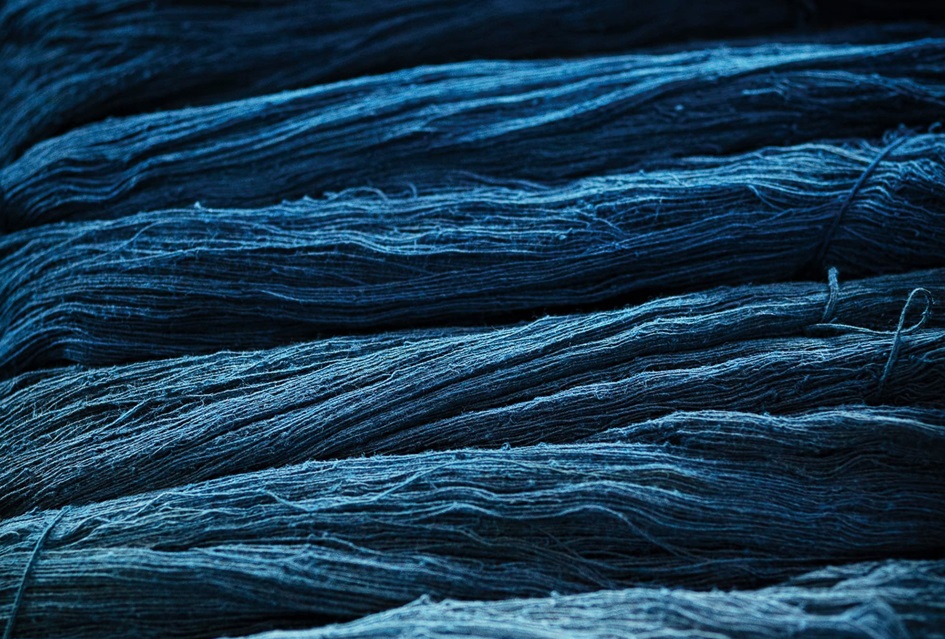
Many of those denim freaks eventually became makers. Designers. Dyers. Weavers. They turned their passion into product. And where did they build it? In towns that already had centuries-old traditions of weaving, dyeing, and sewing. Places like Kojima, Okayama, or Tokushima, the home of natural indigo.
Japan didn’t invent denim. But they did reinvent what it could mean.
American Strength, Japanese Sensibility
To understand Japan Denim, you have to start with a simple truth: It’s not trying to be American denim. It’s something else entirely.
American jeans—especially vintage ones—are built like tanks. Rough, durable, and woven for function. The fabric is thick. The weave is loose. It’s made to survive mines and railroads.
Japanese denim? It’s not always about strength. It’s about how beautifully it changes.
The weave is often tighter. The dye is richer. The fabric is more sensitive to light, touch, and time. While it may not always win in raw durability, it’s designed to age in a way that tells a story.
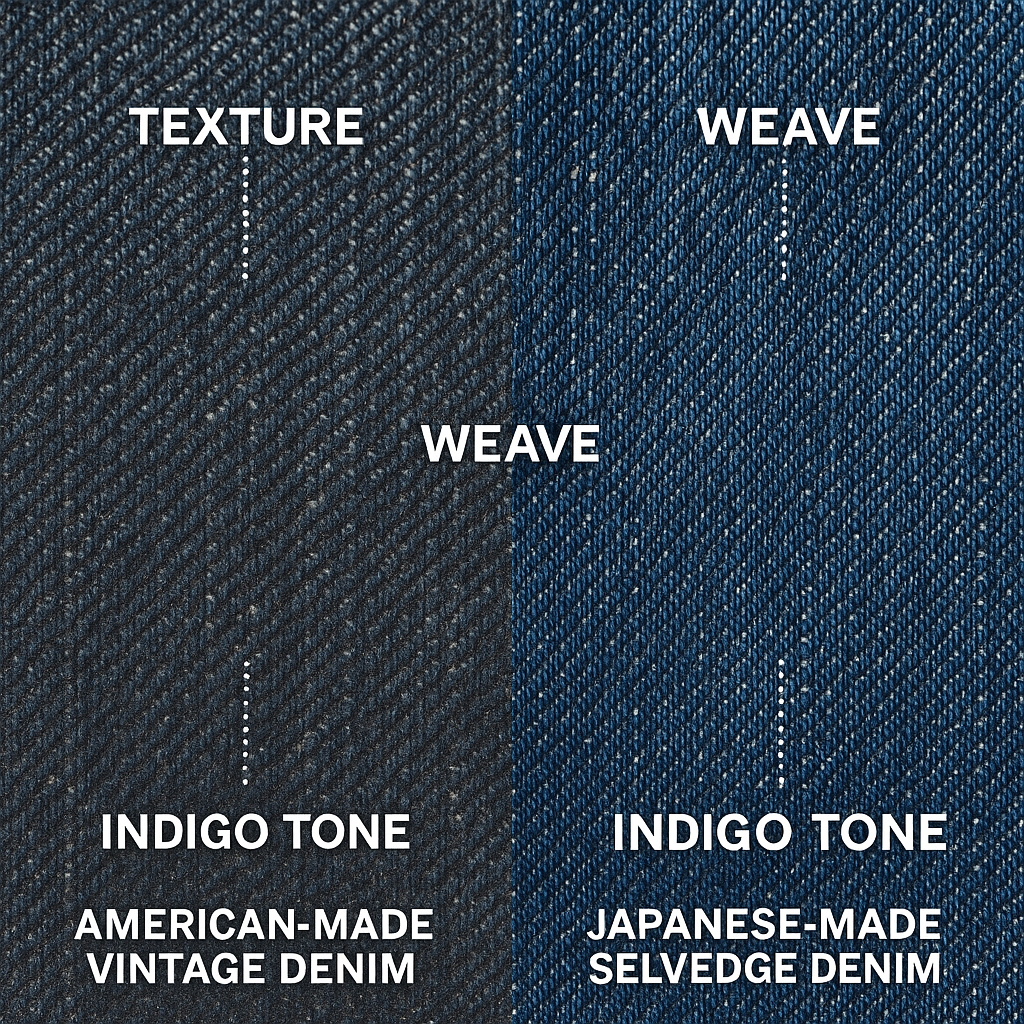
Where American denim celebrates resilience, Japanese denim celebrates transformation.
Made by Hand, Faded by Life
Walk into a workshop in Kojima, and you won’t find conveyor belts or AI-driven sewing machines. Instead, you’ll see old shuttle looms clattering at their own pace, and people—real craftspeople—checking every roll of fabric by eye.
🎥 Watch It in Action
Curious what Japanese denim workshops actually look like?
This 8-minute video captures the slow craft, the machines, and the people behind Japan’s most iconic jeans.
Some artisans specialize in dyeing, hand-dipping each yarn multiple times in natural indigo. Others are masters of sewing, working vintage Union Special machines to create that perfect chain stitch. No part of the process is rushed. No detail is too small.
Each pair of jeans is a collaboration between generations of knowledge and a few pairs of dedicated hands. That’s why no two pairs are truly the same—even if they came from the same roll of fabric.
Japan Denim doesn’t chase perfection. It chooses character.
The Third Way: Neither Fast Fashion Nor Luxury
Today, Japan Denim is winning fans not just because it’s well-made—but because it lives in between categories.
Fast fashion jeans are pre-washed, mass-produced, and identical. Luxury jeans are polished and pricey, but often feel untouchable. Japan Denim is something different: unfinished on purpose.
When you buy a pair, it’s not perfect. It’s stiff, raw, and sometimes even uncomfortable. But that’s the point—you make it yours over time.
Brands like Kapital, Momotaro Jeans, and Pure Blue Japan embrace this philosophy. Each pair is made in small batches, sometimes with intentional irregularities. It’s not about flawlessness. It’s about character.
And that’s why Japan Denim resonates so strongly with people who want more than just style.
When Craft Meets Couture
Luxury fashion houses have taken notice, too.
Loewe launched a capsule collection dyed in collaboration with artisans from Tokushima, using traditional aizome techniques. Gucci staged installations in Kojima, partnering with local textile masters to highlight regional heritage.

But these aren’t just “craft for the sake of craft” projects. They’re about integrating tradition into modern, wearable design. Japan Denim sits in that perfect sweet spot—where centuries-old technique meets contemporary expression.
It’s not just jeans. It’s intention.
Mini Column: The Cult of Celebrity Denim in Japan
In Japan, denim isn’t just streetwear. It’s part of pop culture. Since 1984, the Best Jeanist Award has been given to celebrities known for their love of jeans. Winners have included everyone from Kazuya Kamenashi to Takuya Kimura to comedians like Masatoshi Hamada.
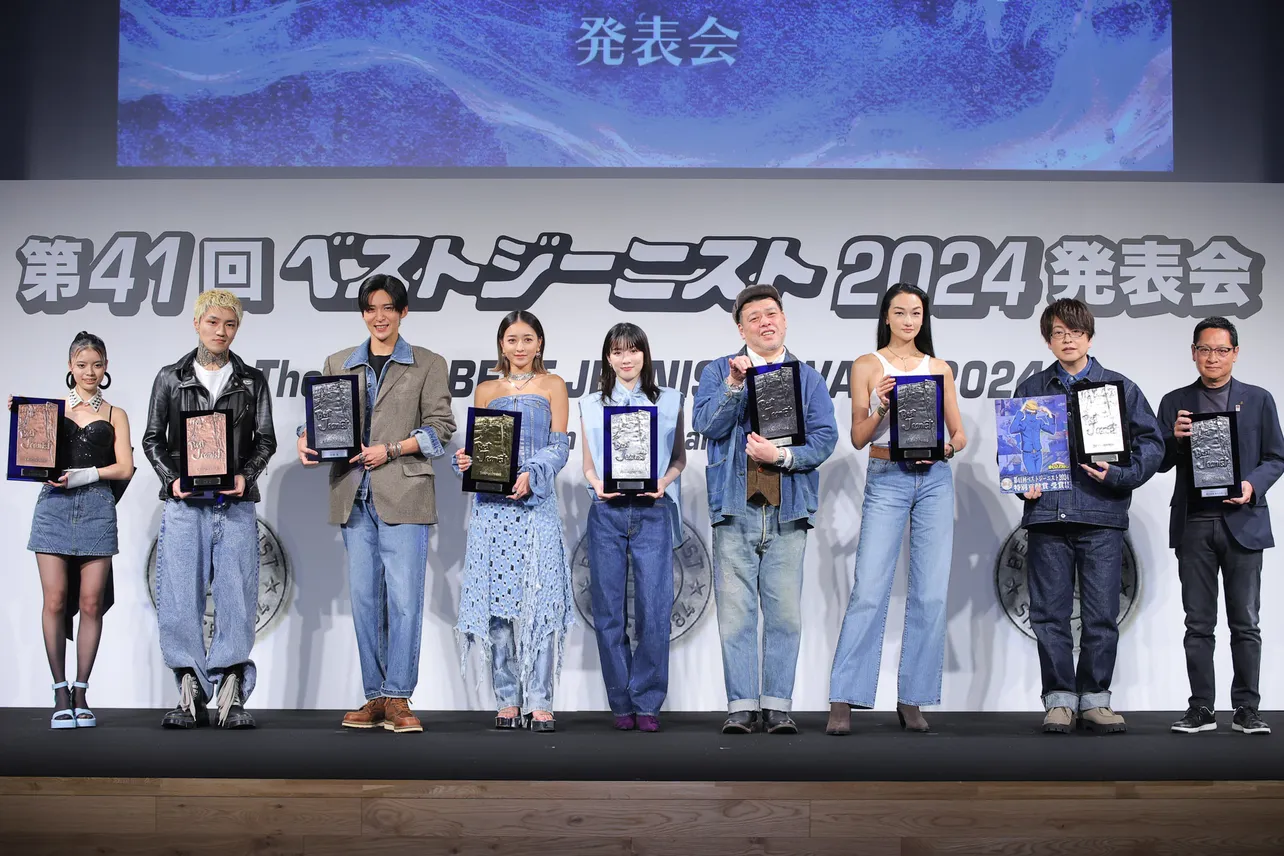
One of the most famous denim collectors? Tsuyoshi Kusanagi. His collection reportedly spans millions of yen, including ultra-rare Levi’s XX and vintage BIG E pieces. He’s even shown his denim-filled room on TV—a shrine to faded blues and historic cuts.
In Japan, denim isn’t just something you wear. It’s something you live.
Why Slowness Matters
In a world obsessed with speed, Japan Denim is a quiet rebellion.
It takes time. It costs more. It demands care. But it gives something mass production never can: individuality.
Natural indigo isn’t loud—but it stays with you. And as it fades—slowly, softly—it reveals less of the factory and more of you.
That’s why I want to wear these jeans longer. Not because they’re trendy. But because they feel like they mean something.
Featured Photo by ©Momotaro Jeans

Erika Nishizono here — a lover of traditional kimono, modern art, and all things beautiful. Exploring how style and culture shape the way we live.

